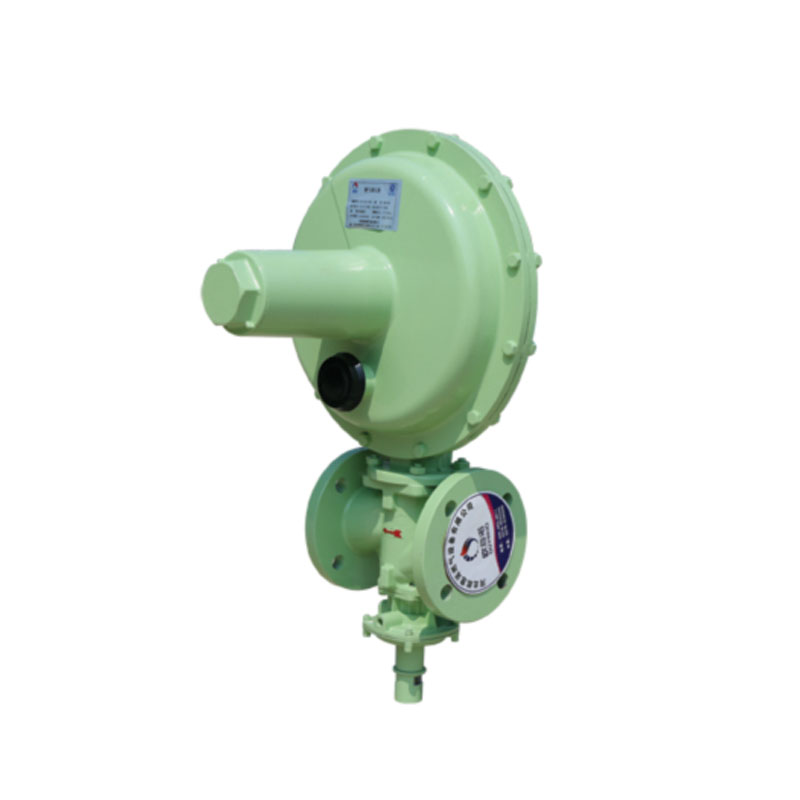
Oct . 31, 2024 03:34
Back to list
صمام تنظيم
Understanding Regulating Valves A Key Component in Fluid Control Systems
A regulating valve is an essential component in various industrial and mechanical systems, responsible for managing the flow and pressure of fluids. These valves play a critical role in ensuring efficiency and safety across many applications, from water treatment plants to chemical manufacturing facilities.
.
The design and functionality of regulating valves can vary widely, depending on their application and the specific requirements of the system they serve. Common types include globe valves, ball valves, and butterfly valves. Each type offers unique advantages; for instance, globe valves are typically favored for their excellent throttling capabilities, allowing for fine adjustments in flow control. In contrast, ball valves provide quick shut-off with minimal pressure drop, making them ideal for on-off applications rather than fine regulation.
صمام تنظيم

In addition to these basic types, many regulating valves incorporate advanced features such as actuators and positioners. An actuator is a device that controls the valve's position, and it can be operated manually or automatically, often using electrical or pneumatic signals. Positioners further enhance the precision of the valve by ensuring that the valve opens or closes to a predetermined degree, effectively responding to real-time system demands. This level of automation is particularly beneficial in complex processing environments where human intervention may be limited or impractical.
Another significant aspect of regulating valves is their role in safety. In systems where pressure and flow must be controlled strictly, failure of the regulating valve can lead to catastrophic results, including equipment damage, leaks, or even explosions. Therefore, regular maintenance and testing are crucial to ensure that these valves function correctly. Operators must monitor their performance and replace or repair components as needed to uphold safety standards.
Moreover, advancements in technology have led to the development of smart regulating valves equipped with sensors and connectivity features. These smart valves can communicate operational data, allowing for predictive maintenance and real-time monitoring. Such innovations increase efficiency, reduce downtime, and improve overall process reliability.
In conclusion, regulating valves are indispensable in fluid control systems across numerous industries. Their ability to manage flow and pressure ensures operational efficiency and safety, while advancements in technology continue to enhance their functionality. As industries evolve and demand greater precision and reliability, the importance of regulating valves will undoubtedly grow, solidifying their status as a vital component in modern engineering and manufacturing. Understanding their role and maintaining their functionality is essential for any operation that relies on fluid dynamics.
Next:
Latest news
-
Safety Valve Spring-Loaded Design Overpressure ProtectionNewsJul.25,2025
-
Precision Voltage Regulator AC5 Accuracy Grade PerformanceNewsJul.25,2025
-
Natural Gas Pressure Regulating Skid Industrial Pipeline ApplicationsNewsJul.25,2025
-
Natural Gas Filter Stainless Steel Mesh Element DesignNewsJul.25,2025
-
Gas Pressure Regulator Valve Direct-Acting Spring-Loaded DesignNewsJul.25,2025
-
Decompression Equipment Multi-Stage Heat Exchange System DesignNewsJul.25,2025

